Optimal light color range
quinton
16 years ago
Related Stories
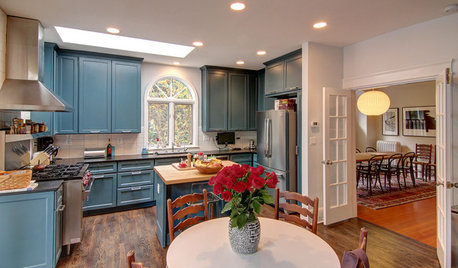
KITCHEN DESIGNOptimal Space Planning for Universal Design in the Kitchen
Let everyone in on the cooking act with an accessible kitchen layout and features that fit all ages and abilities
Full Story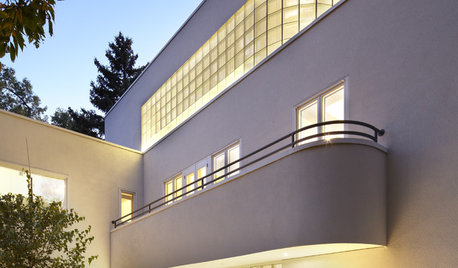
ARCHITECTUREBring Back the Optimism of Art Deco and Art Moderne
Fluidity and a sense of going somewhere were hallmarks of 1920s and '30s architecture and design. Can it propel homes in 2012?
Full Story
5 Stunning Modern Range Hoods
Today's kitchen range hoods can look like sleek sculptures. Here's what to look for when you go shopping for one
Full Story
KITCHEN DESIGNHow to Find the Right Range for Your Kitchen
Range style is mostly a matter of personal taste. This full course of possibilities can help you find the right appliance to match yours
Full Story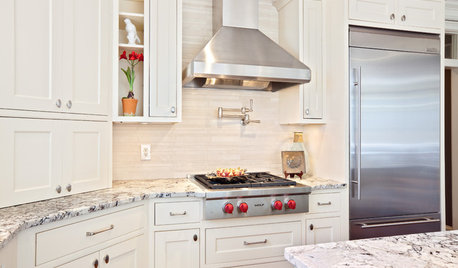
KITCHEN DESIGNHome Above the Range: Smart Uses for Cooktop Space
With pot fillers, shelves, racks and more, you can get the most function out of the space above your kitchen range
Full Story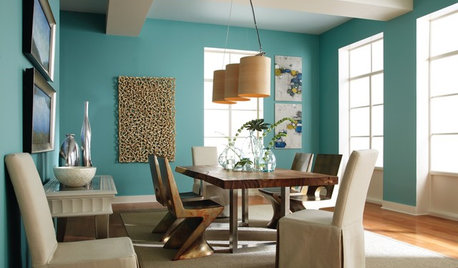
COLOR20 Wide-Ranging Colors Touted for 2014
Behr takes its turn in the color-forecasting game with 4 paint collections from superbold to sophisticated
Full Story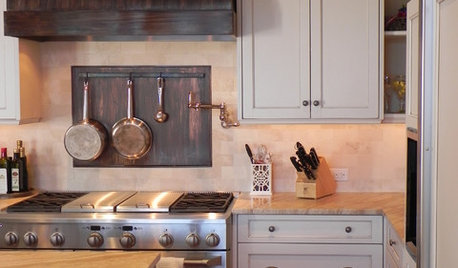
KITCHEN BACKSPLASHESKitchen Confidential: 8 Options for Your Range Backsplash
Find the perfect style and material for your backsplash focal point
Full Story
KITCHEN APPLIANCESWhat to Consider When Adding a Range Hood
Get to know the types, styles and why you may want to skip a hood altogether
Full Story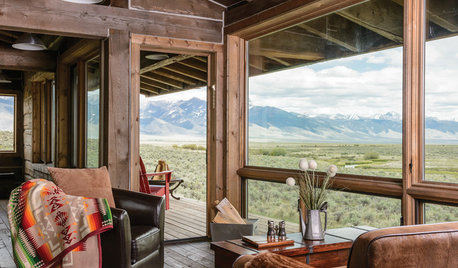
RUSTIC STYLEAt Home on the Range
Cabin retreats in idyllic locales fill the pages of the new book ‘American Rustic.’ We take you inside one of them
Full Story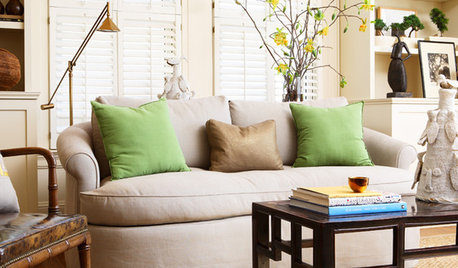
DECORATING GUIDESTortoiseshell Shows Its Range
Meandering past eyeglass frames into tiles, coffee tables and more, tortoiseshell adds an exotic note to home interiors
Full StorySponsored
Industry Leading Interior Designers & Decorators in Franklin County
More Discussions






shrubs_n_bulbs
object16
Related Professionals
Eden Prairie Landscape Architects & Landscape Designers · Erie Landscape Architects & Landscape Designers · Washington Landscape Architects & Landscape Designers · Berkeley Heights Landscape Contractors · Bridgeport Landscape Contractors · Hurricane Landscape Contractors · Tamarac Landscape Contractors · Fish Hawk Handyman · Brooklyn Fence Contractors · Cartersville Fence Contractors · Cicero Fence Contractors · Irvine Fence Contractors · Laguna Hills Fence Contractors · Sun City Fence Contractors · East Palo Alto Fence Contractorsobject16